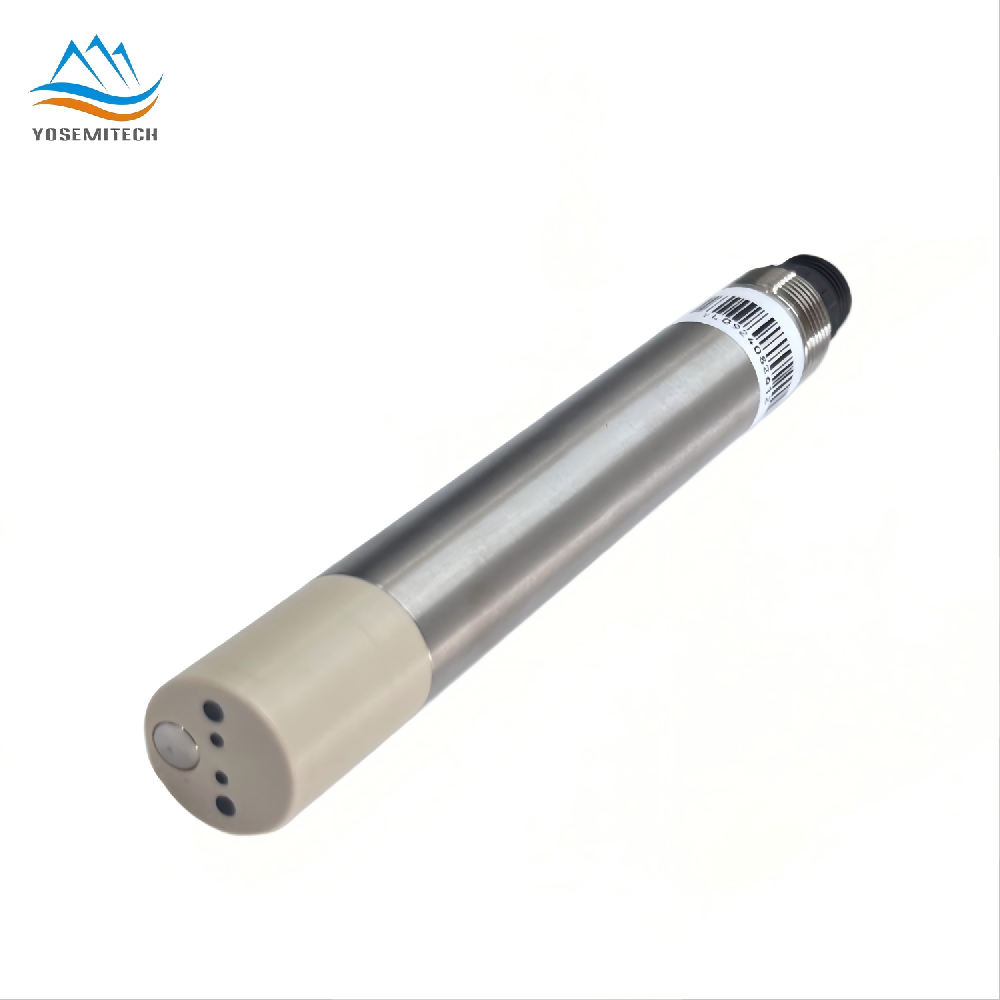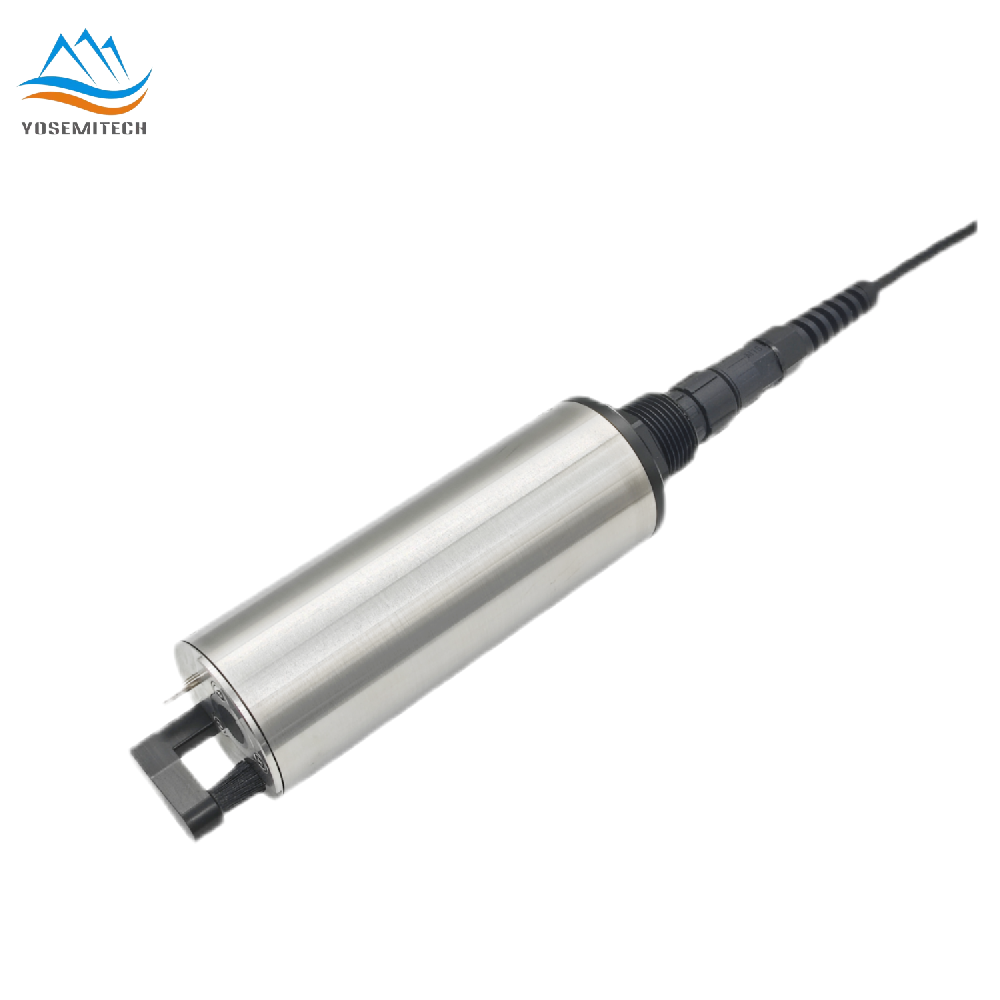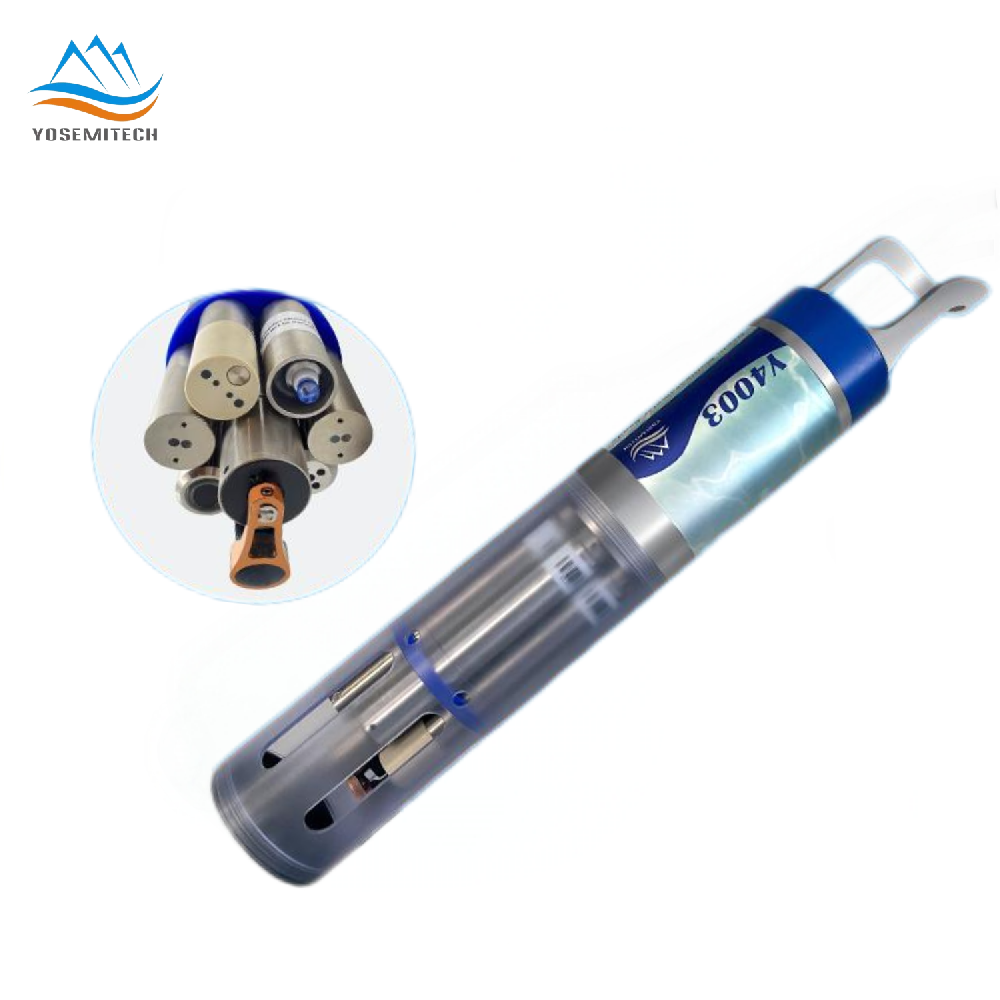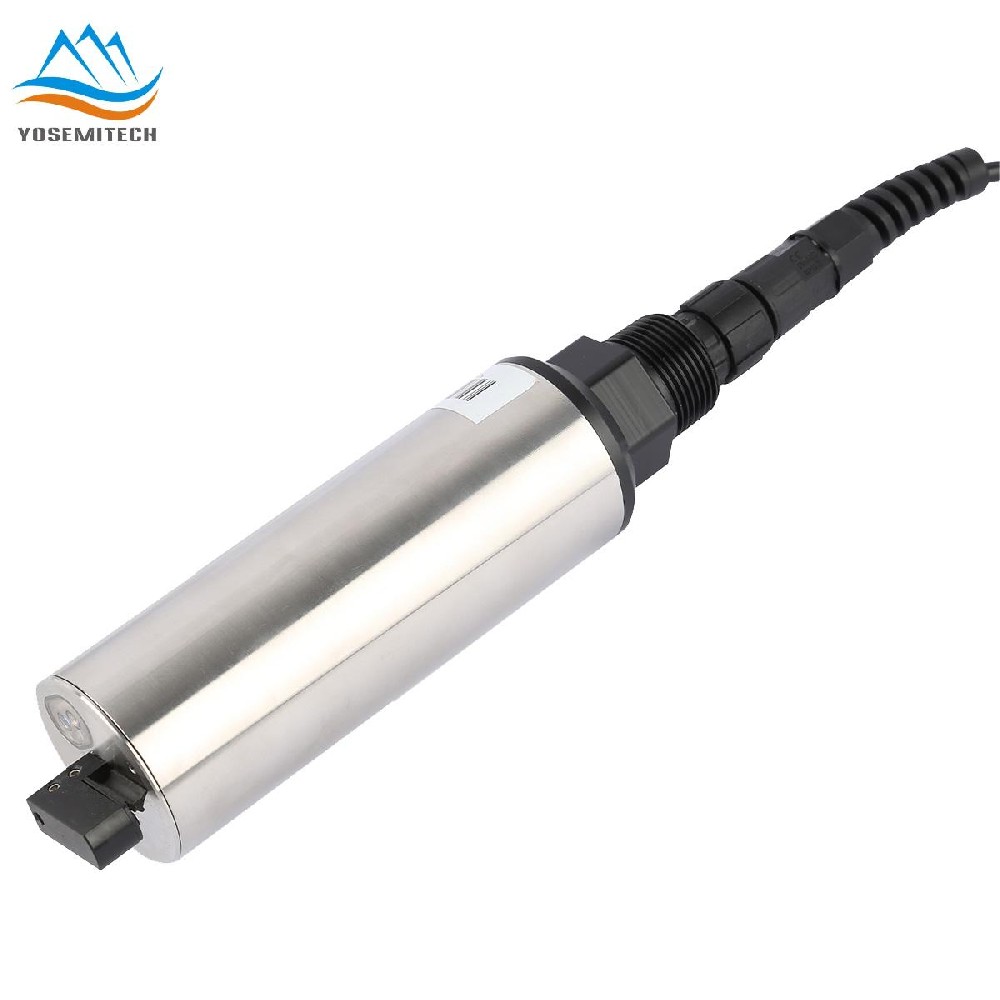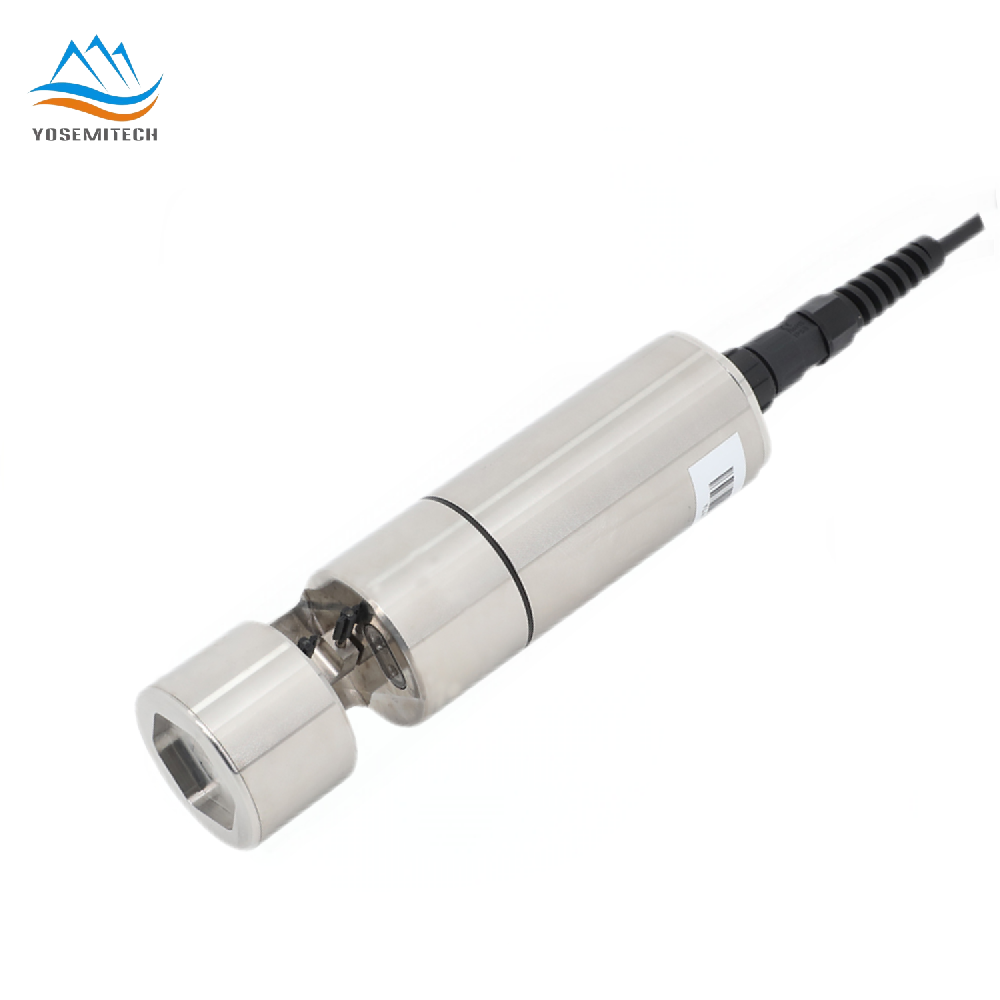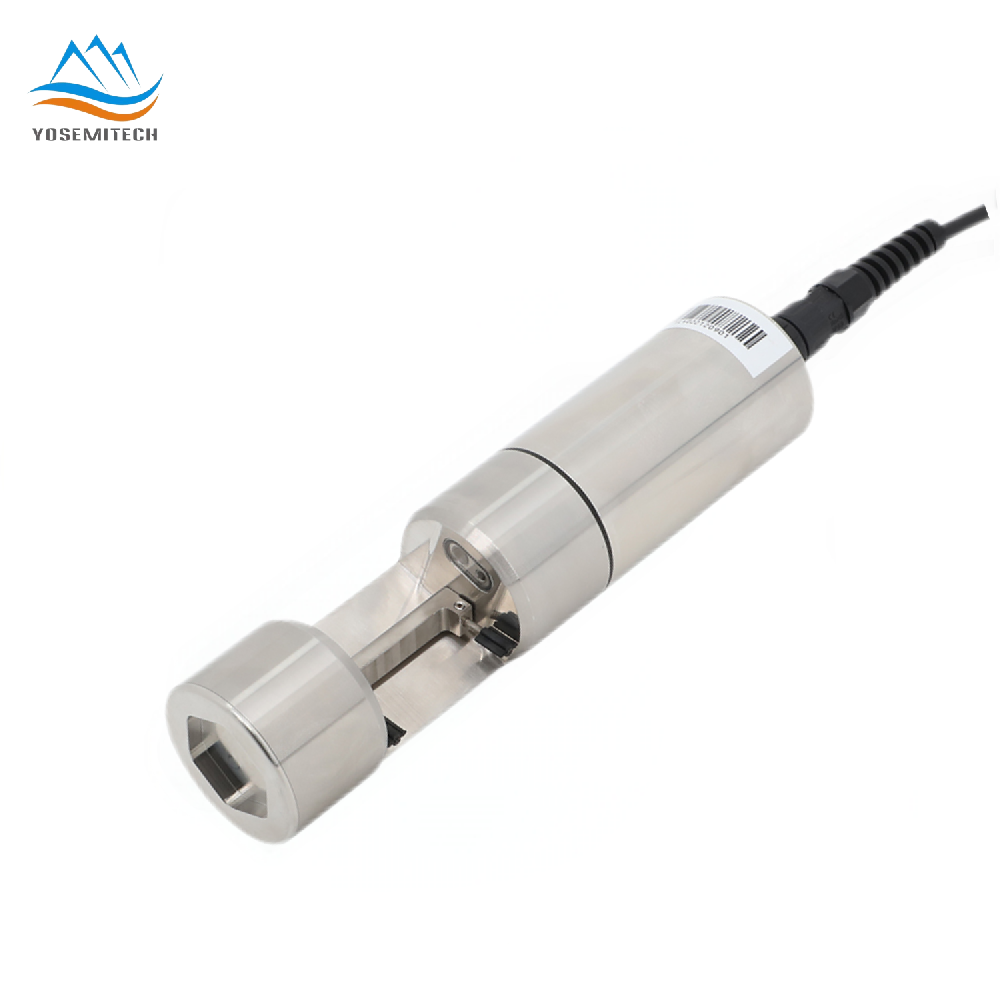Industry news
The Important Role of pH Sensor in Water Quality Measuring
Writer: admin Time:2024-09-20 15:58:30 Browse:2020℃
Water Quality Measuring and pH
Water quality is a critical aspect of environmental health, agriculture, industrial processes, and human consumption. One of the key indicators of water quality is pH, a measure of how acidic or alkaline the water is. Maintaining the right pH balance is essential for ensuring the safety and effectiveness of water in various applications. This article explores the role of pH sensors and probes in measuring water quality, highlighting their importance, functionality, and applications.
pH Probe and Sensor: What Is It and How Do They Work?
A pH probe or sensor is an instrument used to measure the acidity or alkalinity of a solution. The pH scale ranges from 0 to 14, where 7 is neutral. Values below 7 indicate acidity, while those above 7 indicate alkalinity. pH sensors are essential tools in various industries, including water treatment, agriculture, food and beverage production, and environmental monitoring.
How Do pH Sensors Work?
A typical pH sensor consists of a pH-sensitive electrode and a reference electrode. The pH-sensitive electrode, often made of glass, measures the hydrogen ion activity in the solution. This electrode generates a voltage that varies depending on the pH level. The reference electrode provides a stable reference voltage, allowing the sensor to measure the difference in voltage between the two electrodes. This voltage difference is then converted into a pH value.
Modern pH sensors also include temperature compensation features, as temperature can affect the accuracy of pH measurements. By accounting for temperature variations, these sensors provide more reliable data.
The Important Role of pH Sensors in Water Quality Measuring
1. Ensuring Safe Drinking Water.
In water treatment facilities, maintaining the correct pH level is essential for ensuring that water is safe for consumption. Extreme pH levels can lead to the presence of harmful contaminants or corrosion of pipes, which can result in metal leaching into the water supply. By continuously monitoring pH levels, treatment facilities can adjust their processes to maintain optimal water quality.
2. Environmental Monitoring.
pH sensors are vital tools in environmental monitoring, helping to assess the health of natural water bodies. Changes in pH levels can indicate pollution or other ecological disturbances. By monitoring pH, environmental scientists can detect these issues early and take corrective actions to protect ecosystems.
3. Industrial and Agricultural Applications.
In industrial processes, maintaining the right pH is crucial for product quality and equipment longevity. For example, in the food and beverage industry, pH affects taste, texture, and preservation. In agriculture, soil and water pH can impact crop health and yield. pH sensors help ensure that the conditions remain optimal for production and growth.
Advantages of Digital pH Sensors
1. Enhanced Accuracy and Precision.
Digital pH sensors offer improved accuracy and precision. They provide more stable readings and are less susceptible to interference from external factors. This precision is critical in applications where even slight variations in pH can have significant consequences.
2. Ease of Calibration and Maintenance.
Digital sensors often come with automatic calibration features, simplifying the calibration process. They also tend to have longer lifespans and require less frequent maintenance, reducing operational costs and downtime.
3. Data Logging and Connectivity.
Many digital pH sensors include data logging capabilities and can connect to devices via Bluetooth or Wi-Fi. This connectivity allows for real-time monitoring and remote access to data, enabling more responsive management of water quality.
Application of pH Probes in Water Quality Measuring
1. Municipal Water Treatment.
In municipal water treatment plants, pH probes are used to monitor and control the pH levels of incoming and treated water. This ensures that the water meets safety standards before distribution to the public.
2. Aquaculture.
In aquaculture, maintaining the right pH level is essential for the health of aquatic organisms. pH probes help aquaculture facilities maintain optimal water conditions, promoting healthy growth and reducing stress on fish and other marine life.
3. Environmental Research.
Researchers use pH probes to study the impacts of environmental changes on water bodies. By analyzing pH levels, they can assess the effects of pollution, climate change, and other factors on aquatic ecosystems.
4. Industrial Processes.
In industries such as pharmaceuticals, chemicals, and food production, pH probes are used to ensure that processes are carried out under the correct conditions. Maintaining the right pH is crucial for product quality and safety.
Conclusion
pH sensors and probes are indispensable tools in the measurement and management of water quality. Their ability to provide accurate and reliable pH readings ensures the safety and effectiveness of water in various applications, from drinking water treatment to industrial processes. With the continued advancements in digital pH sensor technology, these instruments are becoming more accessible and efficient, further enhancing our ability to monitor and maintain water quality. As we face growing environmental challenges, the role of pH sensors in safeguarding water resources will only become more critical. Investing in high-quality pH measurement tools is not just a technical necessity but a vital step towards ensuring a sustainable future.
CATEGORIES
CONTACT US
Yosemitech Technologies Co., Ltd
 +86 19984844080
+86 19984844080
 sales@yosemitech.com
sales@yosemitech.com
 Bldg,25,CECEP Industrial Park, No. 18 Dongchang Rd. Suzhou Industrial Park, Jiangsu Province,China 215126, China
Bldg,25,CECEP Industrial Park, No. 18 Dongchang Rd. Suzhou Industrial Park, Jiangsu Province,China 215126, China
